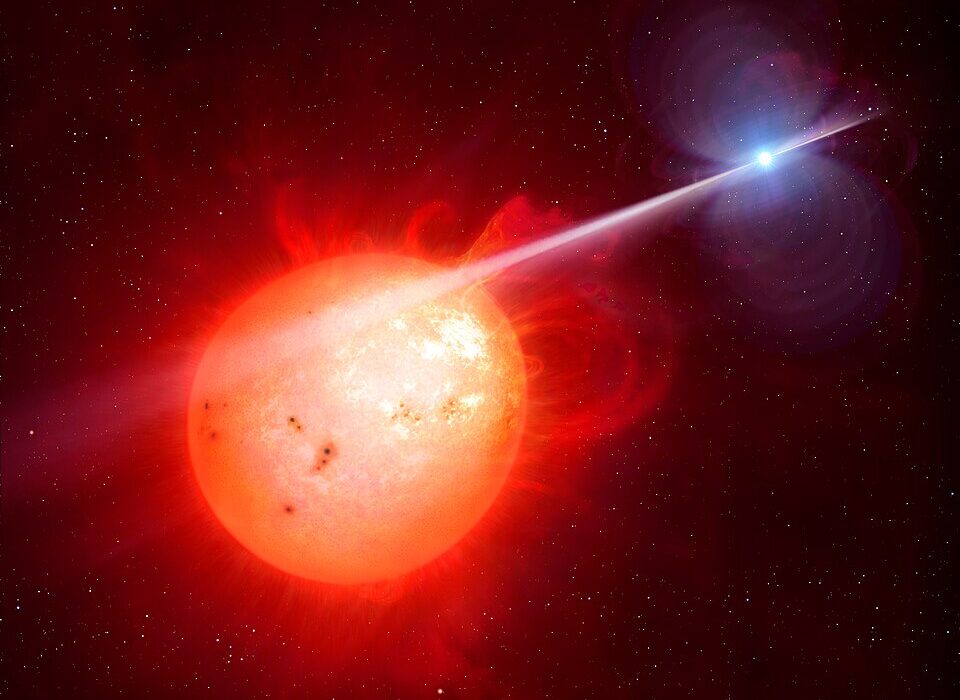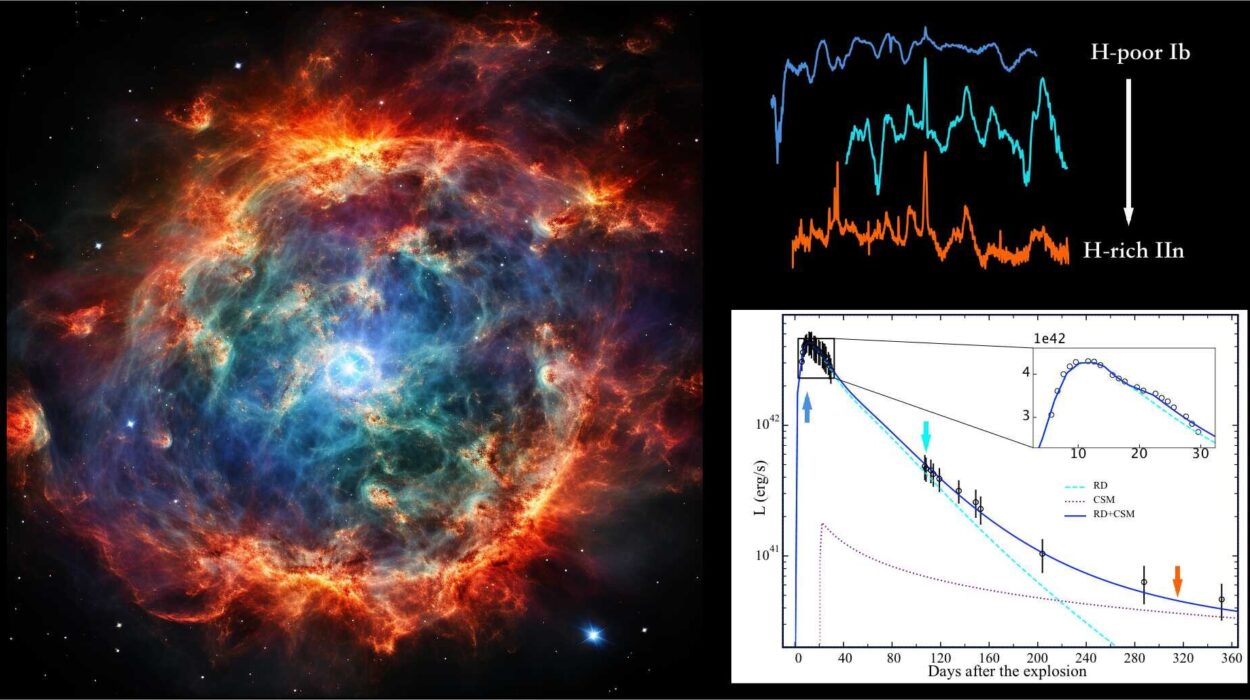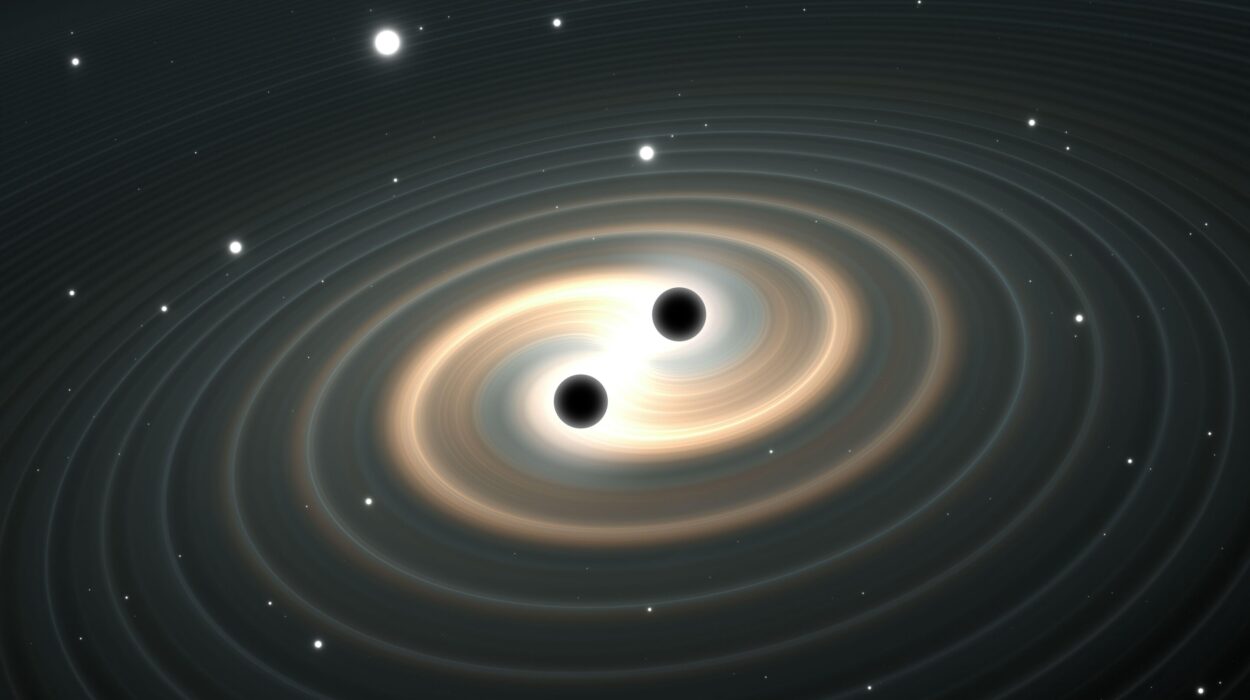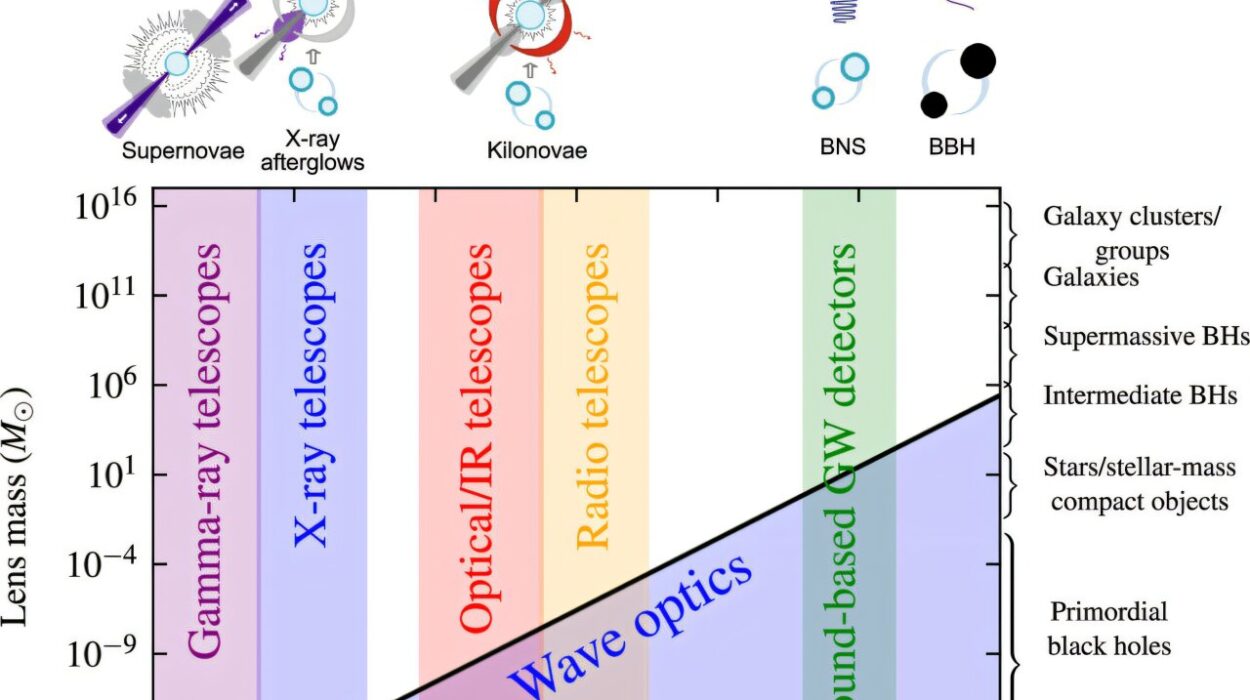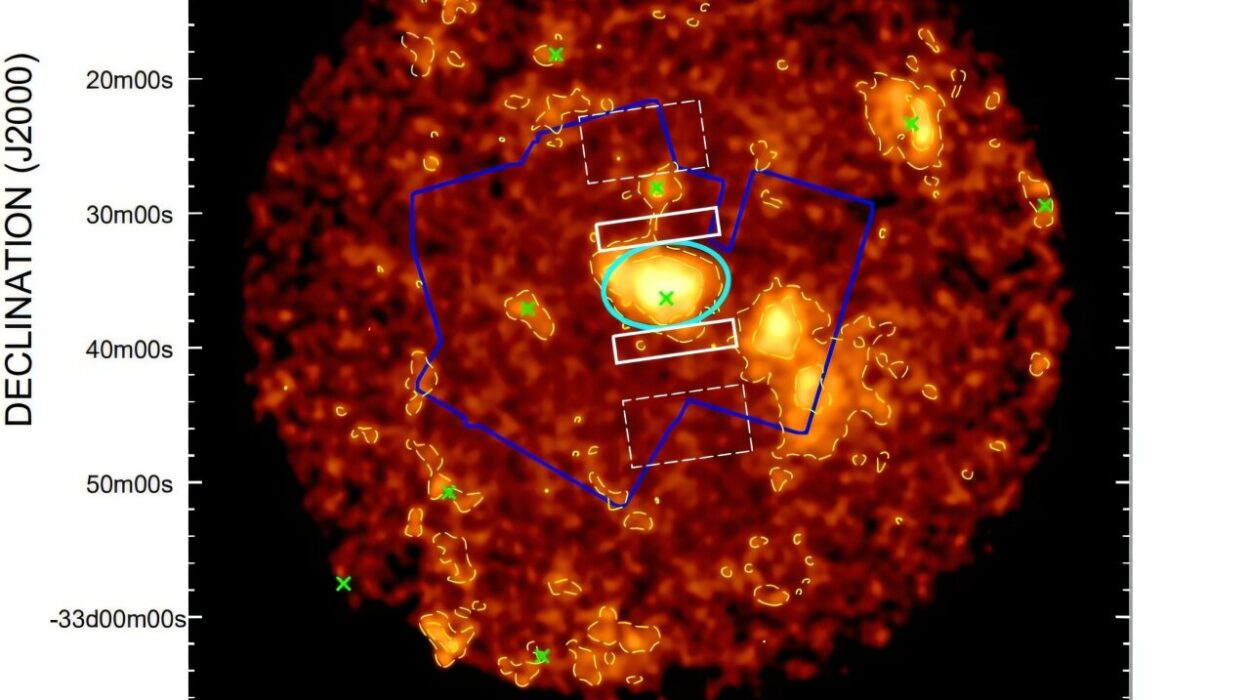Fast radio bursts (FRBs) are among the most enigmatic phenomena observed in the cosmos. These ephemeral explosions of radio waves, originating from incredibly compact objects like neutron stars and possibly black holes, unleash staggering amounts of energy over the span of just a millisecond. The energy released in a single FRB is so immense that it can momentarily eclipse the energy output of entire galaxies. Despite their extreme intensity and potential to reveal critical insights about the universe, the exact mechanisms that produce these bursts remain shrouded in mystery.
Since their discovery in 2007, FRBs have captivated astronomers worldwide. Thousands have been recorded, originating from diverse locations, from relatively nearby in our Milky Way to extraordinarily distant regions, up to 8 billion light-years away. This extraordinary range of locations hints at a diversity in the environments and processes capable of generating FRBs. Nevertheless, the exact astrophysical origins of these cosmic signals continue to elude precise understanding. Competing theories suggest that FRBs could emerge either from highly magnetized regions surrounding compact objects or from distant shockwaves propagating through space. Resolving this debate is crucial for uncovering their true nature.
A recent breakthrough by researchers at the Massachusetts Institute of Technology (MIT) sheds light on this enduring mystery, offering groundbreaking evidence about the origins of at least one particular FRB: FRB 20221022A. This fast radio burst was detected emanating from a galaxy roughly 200 million light-years away. Using an innovative technique, the team pinpointed the precise location of the burst, narrowing it down to the immediate surroundings of a neutron star. This finding not only advances our understanding of FRBs but also sets the stage for similar investigations into other such cosmic bursts.
FRB 20221022A is notable for its apparent proximity to the neutron star from which it originated. MIT researchers determined that the burst came from within a region less than 10,000 kilometers from the star itself—comparable to the distance between New York and Singapore on Earth. This is exceedingly close for such powerful emissions, strongly suggesting that the burst emerged from the neutron star’s magnetosphere, a region dominated by intense magnetic fields. Such environments represent some of the most extreme conditions in the universe, where magnetic forces tear apart atoms and dramatically distort space and matter. The findings mark a decisive step forward in confirming the role of neutron stars in producing these bursts.
The discovery draws on advanced observational techniques, particularly the analysis of scintillation effects. Scintillation is a phenomenon familiar to stargazers: it is the process that causes stars to appear as though they are twinkling. This twinkling arises from the bending of light as it travels through gas or other media in its path. The degree of twinkling depends on the size and distance of the object emitting the light—smaller and more distant objects scintillate more intensely, while closer or larger objects exhibit less pronounced effects. By applying this principle to FRBs, the MIT team was able to infer the size and location of the region from which FRB 20221022A originated.
The data for this groundbreaking analysis came from the Canadian Hydrogen Intensity Mapping Experiment (CHIME), a radio telescope array specially designed to detect radio frequencies, including those from fast radio bursts. CHIME has dramatically increased the pace of FRB detections since its commissioning in 2020, logging thousands of bursts from across the universe. This wealth of data provides invaluable opportunities to test theories about the origins of FRBs and refine models of how they are produced.
Previous theories about FRBs generally fell into two camps: one suggesting that bursts originate within the immediate, turbulent magnetosphere surrounding compact objects, and the other positing that they emerge from much farther out, possibly as part of a shockwave. The MIT team’s scintillation-based analysis of FRB 20221022A strongly supports the former scenario. The FRB’s pronounced twinkling indicates its origins in a compact, magnetically turbulent region very close to the neutron star, effectively ruling out the shockwave model for this burst.
The findings gain further support from companion research conducted at McGill University. Their analysis revealed that the radio waves from FRB 20221022A exhibited a unique pattern of polarization—a twisting, S-shaped curve that indicates the signal likely came from a rotating neutron star. This is reminiscent of the polarized emissions observed in pulsars, which are highly magnetized, spinning neutron stars. Together, these studies provide a robust foundation for understanding how neutron stars—and particularly their intense magnetic fields—generate fast radio bursts.
In explaining the significance of this result, the researchers highlighted the extreme nature of the magnetic fields involved. These fields, among the strongest in the universe, store vast amounts of energy. The bursts observed are believed to result from the sudden reconfiguration of these magnetic fields, which release their stored energy as radio waves. This process demonstrates the ability of highly magnetized environments to overcome the extreme plasma conditions around a neutron star and emit powerful signals detectable across cosmic distances.
The magnitude of this achievement becomes evident when considering the scale of the analysis. Detecting scintillation patterns from such a small region located 200 million light-years away is comparable to measuring a DNA helix—just 2 nanometers wide—on the surface of the Moon. Such precision showcases the remarkable capabilities of modern astronomical instrumentation and analytical methods.
The implications of this discovery extend beyond simply explaining the origins of FRB 20221022A. The scintillation technique employed by the researchers offers a powerful tool for probing the origins of other FRBs, many of which exhibit diverse properties. This method could help astronomers disentangle the different physical mechanisms driving various types of FRBs, shedding light on the broader population of these enigmatic bursts. Moreover, understanding the conditions that produce FRBs can provide insights into the behavior of matter and energy under extreme magnetic fields, offering valuable perspectives on fundamental physics.
While FRB 20221022A is just one data point, its analysis marks a critical advance in unraveling the nature of fast radio bursts. The findings underscore the importance of combining observational techniques, such as scintillation analysis and polarization studies, to extract detailed information about the environments surrounding these cosmic explosions. They also highlight the role of advanced instruments like CHIME in enabling these discoveries, emphasizing the value of continued investment in radio astronomy.
As the pace of FRB detections accelerates and new instruments come online, the future promises even greater insights into these mysterious phenomena. The study of FRBs not only deepens our understanding of neutron stars and their magnetospheres but also serves as a probe of the cosmos, illuminating the vast and dynamic processes that shape the universe. Through collaborative efforts and innovative methods, scientists are poised to unravel more secrets hidden in the fleeting yet powerful bursts of radio waves that journey across the cosmos.
References: Magnetospheric origin of a fast radio burst constrained using scintillation, Nature (2024). DOI: 10.1038/s41586-024-08297-w
A pulsar-like polarisation angle swing from a nearby fast radio burst, Nature (2024). DOI: 10.1038/s41586-024-08184-4

